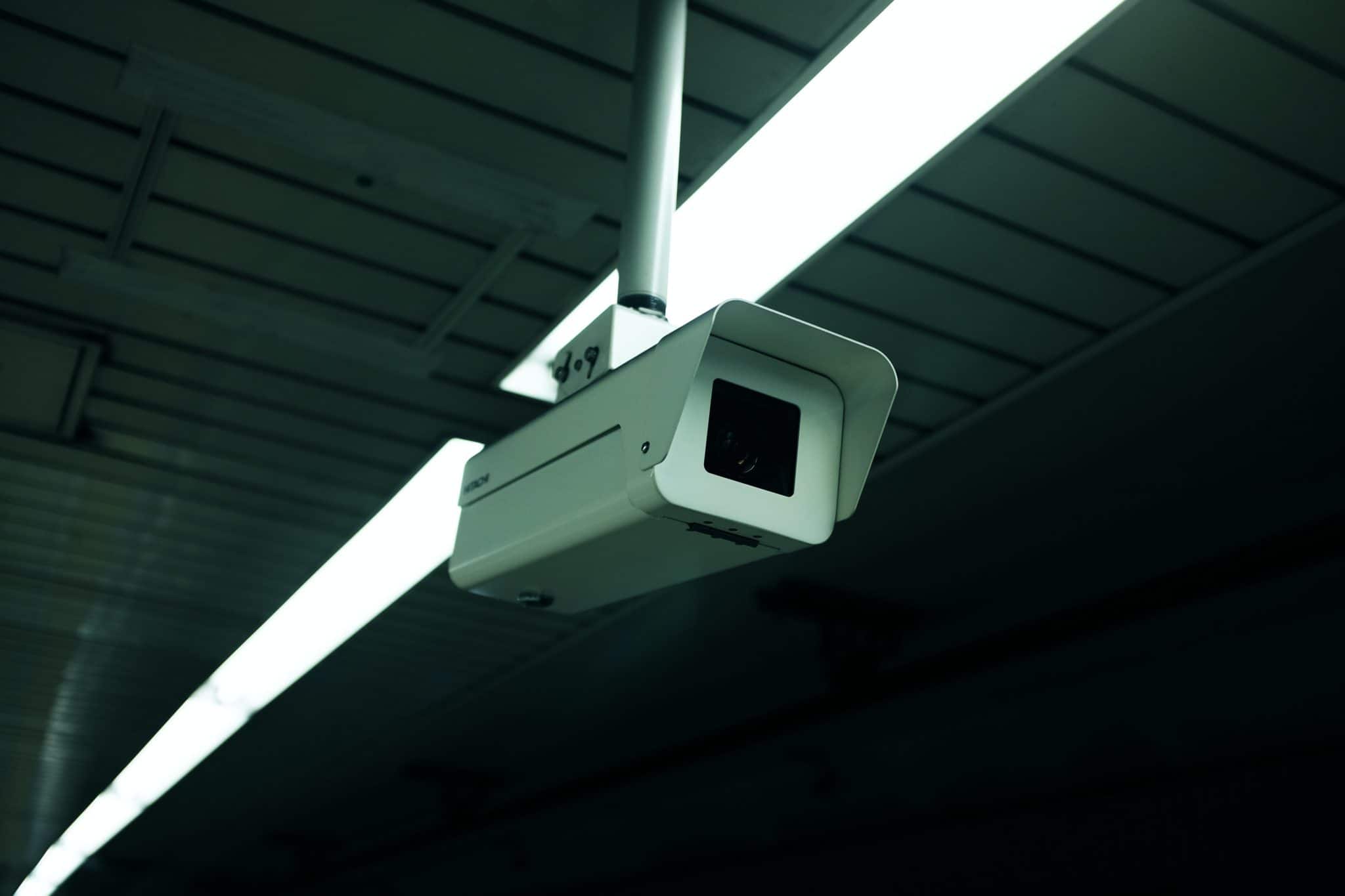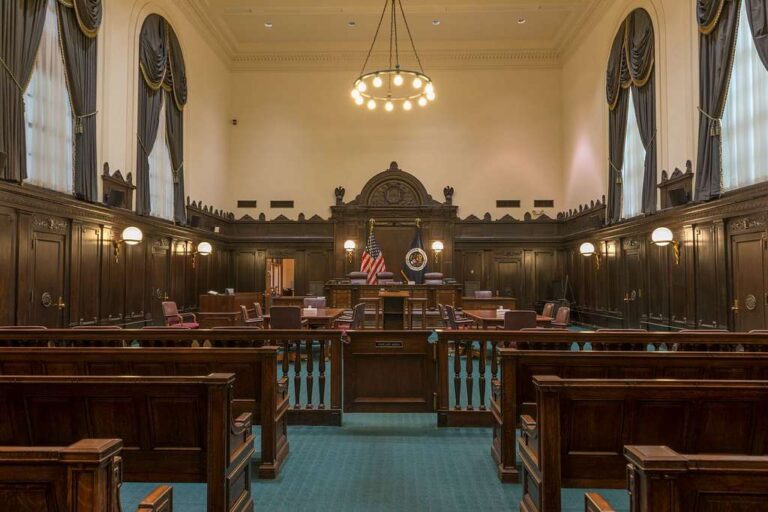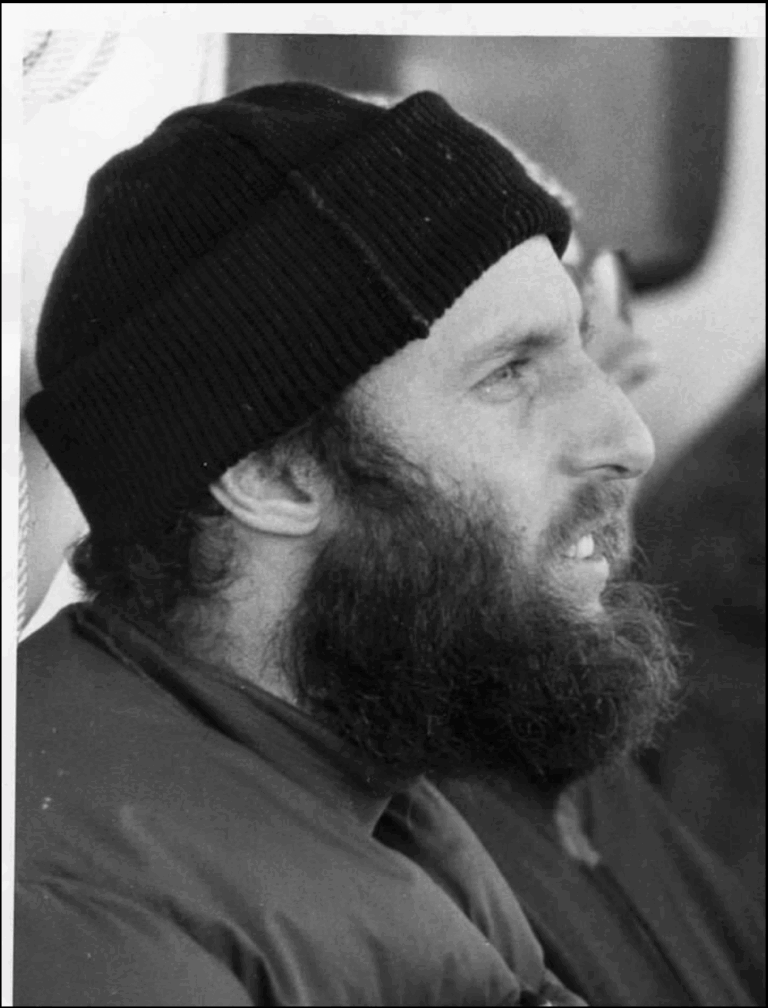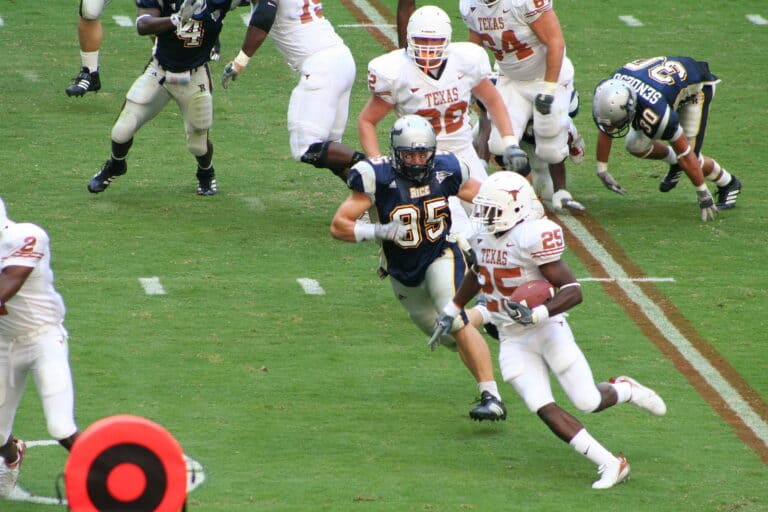Randon Herrera is a student at Harvard Law School.
As businesses continue to feel the impact of the COVID-19 pandemic, employers are increasingly turning to work-sharing as an alternative to layoffs. Work-share programs, which are now being offered in at least 29 states, involve a work scheme where employees become eligible to receive unemployment benefits proportionate to lost hours if they have their hours reduced. This allows employers to cut hours in lieu of cutting workers, with the understanding that the government will help support their workers. While the concept of work-sharing has never taken off in the US, the federal CARES Act provides $100 million in grants for states to enact work-sharing programs, and also covers 50% of the benefit payments. Though more business are cuing in and adopting work-sharing schemes, states without work-sharing programs have been slow to take advantage of the federal assistance to enact such programs.
According to several labor and employment experts, current working conditions are speeding up an already rising trend of worker surveillance. For instance, companies like Amazon are using surveillance technology to better police and enforce social distancing in their warehouses. Amazon infamously already heavily surveils its employees to increase productivity. Worker surveillance is even finding its way into people’s homes. As more and more workers transition to remote work, many companies are taking advantage of software that allows them to track workers’ computer usage. Use of such software to monitor remote work is not new. But it is increasing. Activity monitoring software companies AciveTrak, Time Doctor, Teramind, and Hubstaff have all reported increased demand for their products.
According to one estimate, over 100,000 airline employees may lose their jobs by the end of 2020. In exchange for federal assistance received earlier this month, major airlines agreed to suspend layoffs for at least six months. However, United Airlines is on record stating that it plans to begin cutting jobs as soon as it is permitted to on October 1 of this year.
The Supreme Court declined to review a Second Circuit decision that raised the question of what threshold employees must meet to prove disability discrimination by their employer. The petitioner, Natofsky, a former director at the New York City Department of Investigations, sued the city under a federal disability bias statute after being terminated. In his petition for certiorari, he argued that a showing that his disability had constituted at least one animus for his termination should be sufficient to prove his claim. The Second Circuit, in contrast, ruled that he needed to show that he would not have been terminated but for his disability.






Daily News & Commentary
Start your day with our roundup of the latest labor developments. See all
November 27
Amazon wins preliminarily injunction against New York’s private sector bargaining law; ALJs resume decisions; and the CFPB intends to make unilateral changes without bargaining.
November 26
In today’s news and commentary, NLRB lawyers urge the 3rd Circuit to follow recent district court cases that declined to enjoin Board proceedings; the percentage of unemployed Americans with a college degree reaches its highest level since tracking began in 1992; and a member of the House proposes a bill that would require secret ballot […]
November 25
In today’s news and commentary, OSHA fines Taylor Foods, Santa Fe raises their living wage, and a date is set for a Senate committee to consider Trump’s NLRB nominee. OSHA has issued an approximately $1.1 million dollar fine to Taylor Farms New Jersey, a subsidiary of Taylor Fresh Foods, after identifying repeated and serious safety […]
November 24
Labor leaders criticize tariffs; White House cancels jobs report; and student organizers launch chaperone program for noncitizens.
November 23
Workers at the Southeastern Pennsylvania Transportation Authority vote to authorize a strike; Washington State legislators consider a bill empowering public employees to bargain over workplace AI implementation; and University of California workers engage in a two-day strike.
November 21
The “Big Three” record labels make a deal with an AI music streaming startup; 30 stores join the now week-old Starbucks Workers United strike; and the Mine Safety and Health Administration draws scrutiny over a recent worker death.